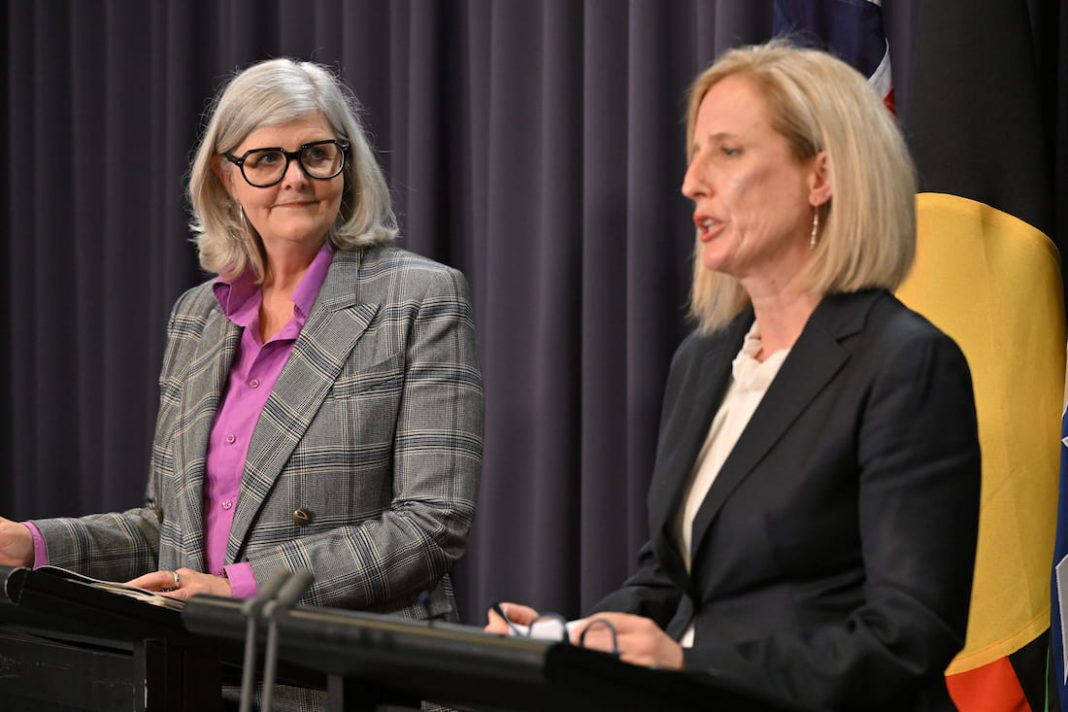More paid parental leave and other policies targeted at improving the economic fortunes of Australian women are on the cards, if the money can be found.
Minister for Women Katy Gallagher said the government would like to expand the national paid parental leave scheme for eligible workers.
The scheme is already being boosted from 20 to 26 weeks in the October budget at the cost of $600 million a year.Play
“We would all like to continue to improve that scheme, but we’ve got to find room in the budget to do that as we go,” Senator Gallagher told ABC radio on Monday.
An advisory group established by the government to identify opportunities for women’s economic equality recommended gradually doubling the length of the scheme to 52 weeks.
The Women’s Economic Equality Taskforce, led by businesswoman Sam Mostyn, also recommended recalibrating payments to match lost wages.
The final report from the task force laid out a 10-year plan to close Australia’s gender-based economic gaps.
The report included seven primary recommendations focused on care, work, education and skills, the tax and transfer system and government processes.
It also called for superannuation paid on all forms of paid parental leave, dumping the childcare subsidy activity test and paying teaching and nursing students for their mandatory placements.
Senator Gallagher said paying super on parental leave was another priority area but would depend on the budget.
She recognised removing barriers to women’s economic participation had “a very significant positive impact on the economy” and were not always viewed as costs.
Ms Mostyn said women were exhausted by having to make the case for the role they play in the economy.
“They would just like to use their education and their experience to be bigger taxpayers and be seen as contributors rather than constantly seen through the lens of a drain on society,” she said.
Australian women are some of the best educated in the world but the nation tumbles down the rankings when it comes to using that training in a productive economy.
The report revealed stark gender segregation across sectors, with women making up more than 75 per cent of workers in health and social assistance, while more than 85 per cent of construction workers are men.
The task force had a few suggestions to support women into male-dominated industries, including joining forces with unions and employer groups to run targeted programs.
The government will release a national strategy to achieve gender equality next year.
Greens senator Larissa Waters said women were sick of waiting for better budget circumstances.
The government had acted on just half of the recommendations from the interim report six months ago.
“And we have the government responding saying ‘these are lovely ideas, but we’ll deal with it next year in a strategy’ – not good enough,” she told reporters.
Deputy opposition leader Sussan Ley recognised the importance of supporting Australian women to their full potential but criticised the set up of the task force and the lack of an open application process.
By Poppy Johnston in Canberra



